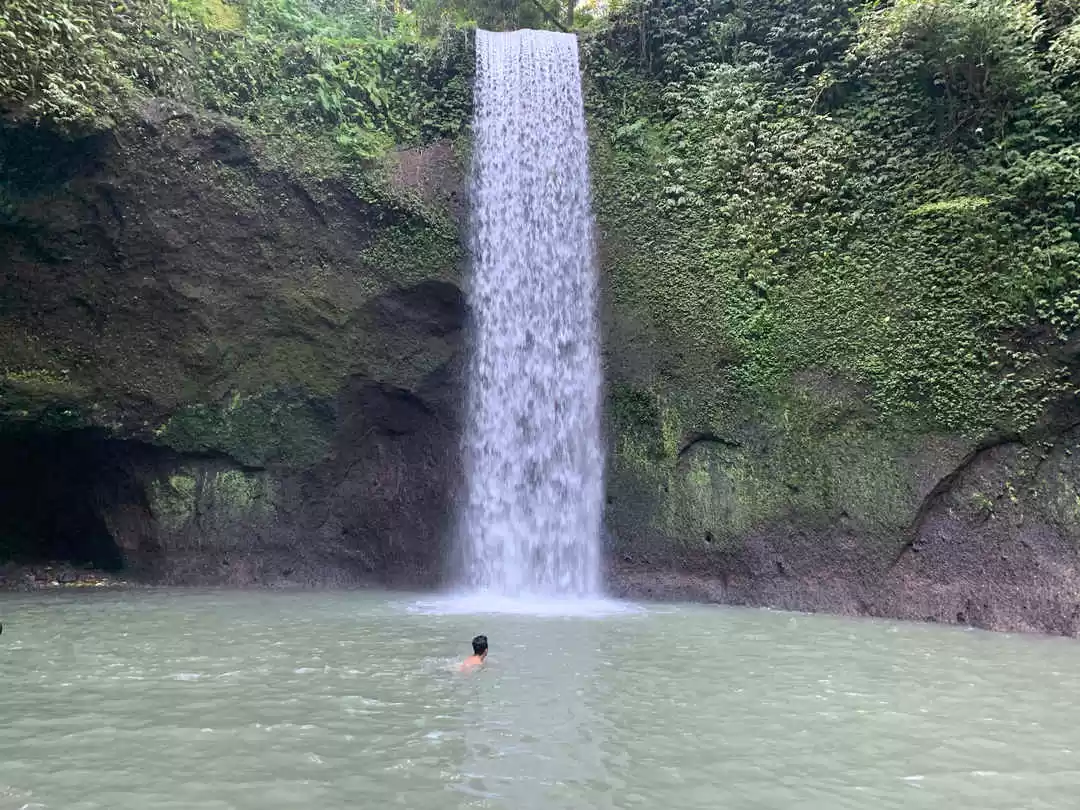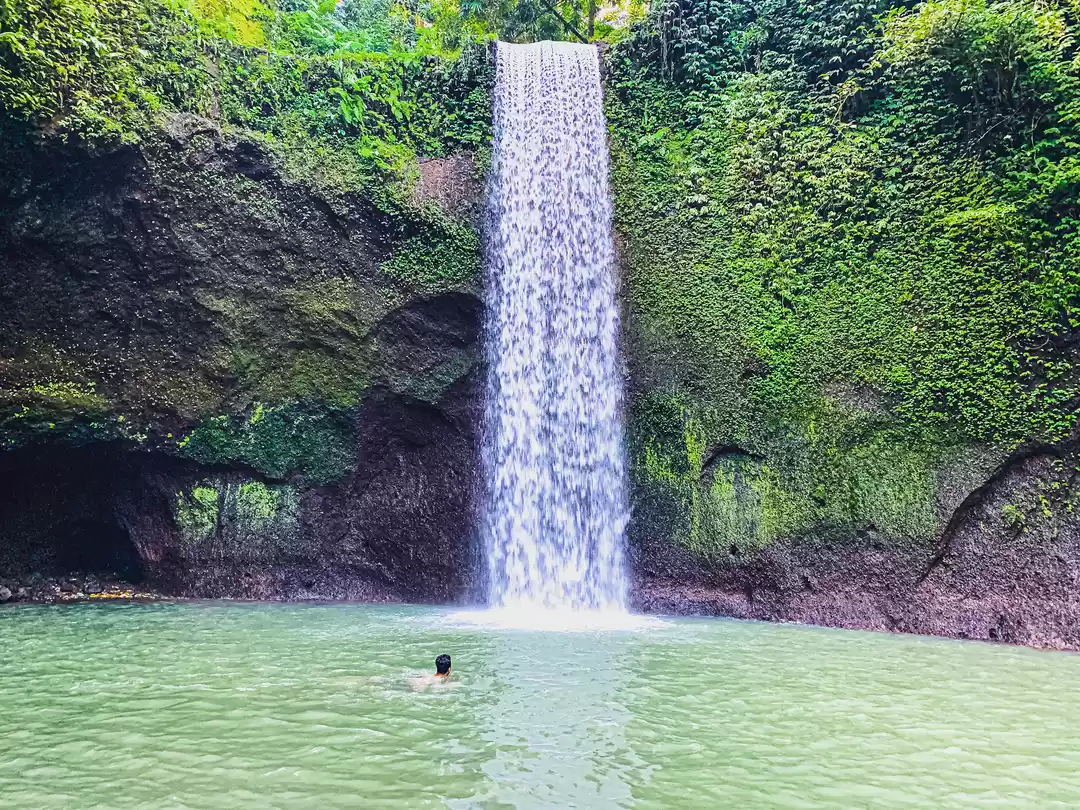Hi!
There are several blogs which give detailed description about the Pangarchulla trek. Hence I will stick the the learnings which I took from that trek.
Even though I had successfully finished the Pangarchulla trek two weeks ago, and I am still excited about the trek and how it turned out.
As I had already completed Kuari Pass last year, I was familiar with the basic route, and for me it was just the Summit day of Pangarchulla which was the purpose of this trip.
And what a day it turned out to be.
Due to monsoon on the previous day, the over cast skies threatened to cancel our summit day hike. But at 2:00 am, the skies did clear up, and the bright moon light convinced our trek leader to take a shot at the summit.
Thankfully we had been awake right from 11:00 pm and fully packed and waiting in our tents, we could move at moments notice.
By about 5:30 am we reached Mini Pangarchulla, but by then our fingers had gotten really numb. Freezing winds never spare fingers and face. With help of our trek leaders, we wore the microspikes and gaiters. Thankfully the rising sun gave us some optimism and warmth.
The real summit day journey for Pangarchulla summit starts from here. Mini Pangarchulla is perhaps just the mid point. From here the the journey towards the first moraine section started.
During the Pangarchulla trek one has to traversers through four different moraine sections.
Two while ascending, and two while descending. Both are provide enough difficulty and chance for injury.
People who have scaled higher mountains peaks, but primarily through pastures (bugyals), tend to underestimate the moraine sections of this trek, and this is where they lose out on time and thus the summit attempt.
One requires to be fit and with the correct gear and a experienced guide to pass through the moraine section. It is here that one reaches the Base of the mountain.
The moraine section is easier when there is hard snow covering the rocks. Hence this trek is best done during early summers, and at night time. Once the snow starts melting, it becomes twice as difficult to pass this section.
Once this Moraine section is crossed, one has two options. To either take left and start climbing the Pangarchula mountain, from the left ridge, which once again is full of moraine. Or then walk across the base of the mountain to the ridge straight ahead. This is on the other end of the mountain, so one has to walk atleast one km before starting the ascent from the other ridge. This ridge has lesser moraine.
But for us on that day the gods had decided something else. Our trek leader decided to make us climb up the face of the mountain using ice axe and rope. So he kept making steps in the ice, and we kept following him up. He used the rope to help us in this steep ascent. We covered 70 meters climbing over a fully snowy section of the Pangarchulla, before then completing the last 200 meters by following the left side ridge.
By the time we reached the summit it was about 11:15 am. We had been walking for about 9 hours already, and were seriously dead tired. But super exhilarated.
More than a trek, this had turned out to be a class on climbing snow cliffs. Got to see how Ice Axe is used actually and how steps were to be made in the snow to create a route where there was none.
Realized that the mountains can either be scaled by following trails made by others, or then to create routes using ones skill and understanding of mountains.
The decent from Pangarchulla is equally difficult, only thankfully less tiring. It takes almost 90 minutes before we are able to complete the entire moraine section even on the descent.
It has begun snowing when we started decending, and the snow and hail continued for almost two hours. I got my first experience of some serious snow fall, and it has added to my confidence about snow treks.
Once the moraine section is crossed, the snowy section just needs to be slid down, till one reaches the grassy section, which one has to walk down.
We reached the camp at Khulara at about three pm. People at the camp were waiting anxiously to hear our story.
Out the 14 people who started at 2:30 am only 3 made it to the summit. So obviously we got a lot of claps and back slaps.
For me Pangarchulla is a litmus test about whether I was fit to attempt Rupin Pass and Bali Pass. I guess, the mountains did give me a bit of a green signal.




































